STEM in All High School Science Classrooms Will Prepare Students for All Real-World Problems
STEM education is far more than a "pet-project" that is done in elementary or specialize classes, a STEM pedagogy can be used in all science classes. In my experience there is a lot of support and resources for STEM education for elementary, middle school and specialized high school classes (robotics and computer programing), but there is little to no support or resources for general education science classes, let alone for districts with a minimal budget.
This is what set me in motion as to how can the three dimensions required by the Next Generation Science Standards be taught within in ALL high school science classes. This video will define Science technology Engineering and Mathematics and a road map for lesson plan design that is so universal it can be used in any of the high sciences in addition it will give the students framework that they can use to solve any problem that they may encounter in life.
Below is a supplemental article that was published in 2018 about STEM education
Let’s Talk about S.T.E.M. education.
It seems many of the educational incentives lately are S.T.E.M. in origin. There are S.T.E.M. camps and programs for all school age kids. This is based on our next generation’s workforce will need a S.T.E.M. based education. There is an ever increasing empathies on S.T.E.M. education. But what is S.T.E.M.?
As a twenty-year science, math, high school teacher, I believe in S.T.E.M. education. It is phenomena based. It takes a real problem from nature or any real-world situation and investigates it to solve problems, find patterns, and make predictions. This is the true way of discovery and learning in science and mathematics.
S.T.E.M. is an acromion for Science, Technology, Engineering and Mathematics. All together that is a mouth full, but when you are trying to solve a problem in the real world, it does require multiple skills at the same time. However, these skills work naturally together. They support each other; they help to define each other.
The following is an explanation of how the four S.T.E.M. components work together to explain a natural phenomenon. Since S.T.E.M. begins with the letter “S” so shall the explanation, but no one component is more important or primary when compared to the others. “S” is for science. Science can be defined as the practice of asking questions about the real-world and finding answers. This is how science truly begins: a question to a problem or some phenomena that needs to be explained.
Answering such questions require data and information and the use of tools. “T” is for technology; technology is the use of tools. Some of the tools are the latest and greatest, but sometimes there is no replacement for a pencil and paper or a hammer and a nail. Technology can do a lot of work for us, but we need to use technology to help us solve problems. Think of any work situation or operation; there is always a specialized tool that will assist in the task at hand. Students need to become comfortable and competent with the required technology and tools.
This leads to the “E” in engineering practices. Engineering is not just building bridges, although it can be; it can more broadly be defined as solving problems, with limits, and without step by step instructions. This is what most of us do every day! Engineers solve problems, they build solutions, they create a product that has not yet been created. It is this ability to create something out of nothing that is essential to remain the creative leader in the world.
Engineering practices can be thought of working in the garage or working in the woodshop, creating crafts, or creating a new recipe in the kitchen”. These are times when we use the engineering practices. In these situations, we do not have a step-by-step plan, nor are we sure how the project is going to work out until the project is completed. There is a huge learning curve when we are motivated by a specific task but do not know how to complete the task. These situations require research, trial and error, tools, limits, success, and failure. However, they are fun and what is created and learned along the way is personal and will be remembered.
This bring us to “M” for mathematics. Mathematics is the use of logic and deductive reasoning. As a math teacher, I believe mathematics in isolation is worthless; however, it is the basis of everything. Nothing can be done without the use of mathematics. For too long, mathematics has only been used in math class where it is used all by itself, in isolation, useless, which is frustrating, for both the students and the teacher because there is nothing to tie it to, nothing to relate it to. This makes it hard to find mathematics meaningful.
One of the many strengths of the S.T.E.M. approach is that it uses mathematics in a real-world situation to solve a real problem. Science asks the question, technology provides the data and numbers, the engineering practices are the skills to build a model and create a solution, but mathematics is the logic and proof that the solution WILL OR WILL NOT work when put into practice.
S.T.E.M. education really is a major change in the way these four subjects are taught. It is a much more organic, natural way of using them. Students will not be learning facts that may or may not be used in the future on some possible problem that may be encountered. S.T.E.M. education puts students into real situations that do not have solutions. The students are then required to use all four components simultaneously to solve these problems. This how S.T.E.M. education works.
Andrew J. Frisch
Science and Mathematics teacher
Farwell High School
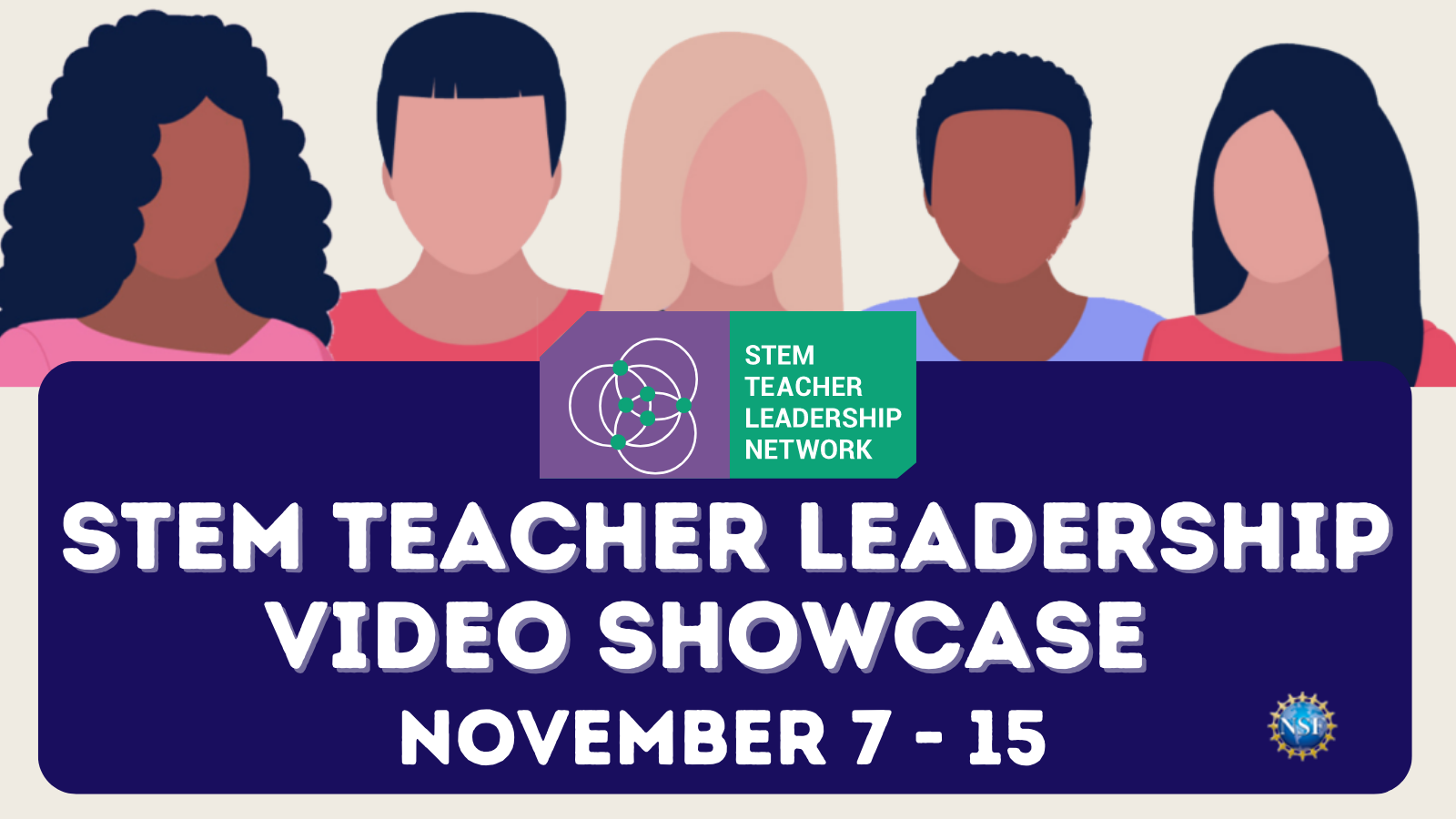 The STEM Teacher Leadership Video Showcase features 3-minute videos submitted by teacher leaders and those engaged in creating teacher leadership programs. View their inspiring stories and make sure to leave a comment! Share on social media and "like" your favorites!
The STEM Teacher Leadership Video Showcase features 3-minute videos submitted by teacher leaders and those engaged in creating teacher leadership programs. View their inspiring stories and make sure to leave a comment! Share on social media and "like" your favorites!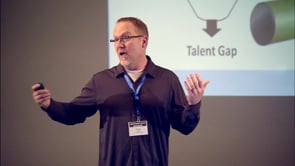
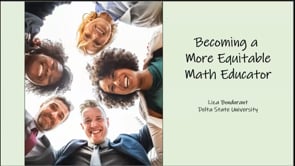
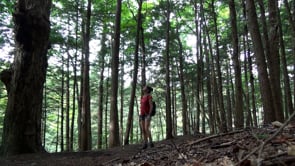
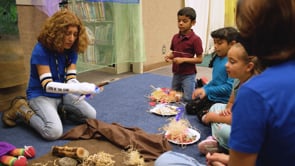
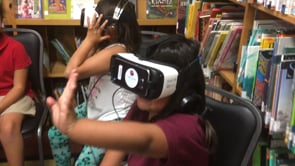
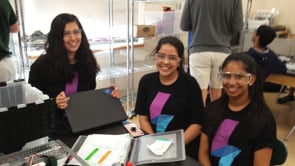
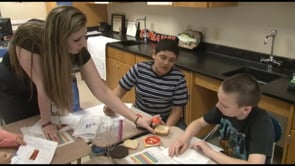
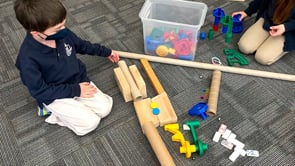
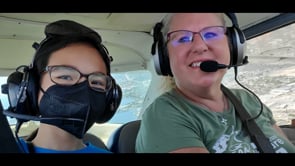
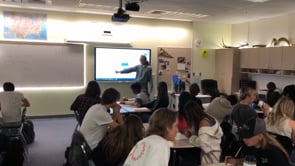
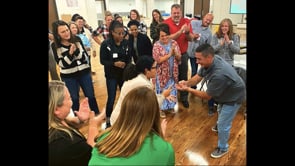
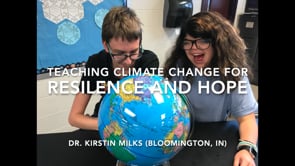
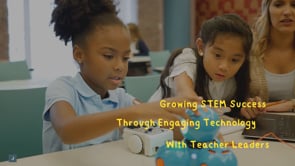
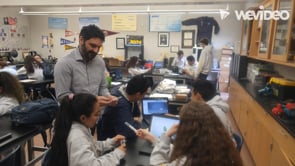
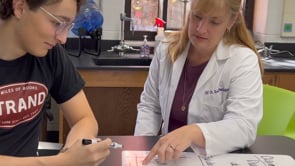
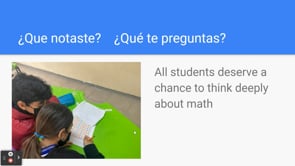
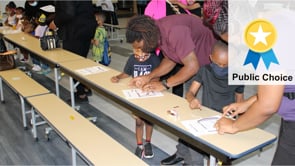
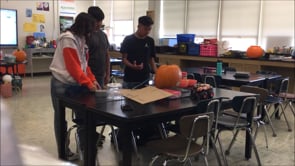
Comments
STEM in classrooms
Hi Andrew,
I appreciate your framing of STEM, as well as the materials you've provided here that us a glimpse of how you position STEM learning for your students and learning networks!
And yes, we are ALL engineers! I'm curious about how your classroom is set up to help students live this understanding, as it's one I've been focusing on this school year. I'm thinking more about how we teachers can encourage STEM, particularly engineering, mindsets throughout the curriculum and in your classroom routines and procedures. Any ideas from you would be welcomed!
:) Kirstin
In reply to STEM in classrooms by Kirstin Milks
Put tools in their hand
Tools do not have to be high end microscopes but simple magnifying glasses will work. Rulers, pencils and paper, rulers scales are simple and effective. Get them to draw, make models. Have them put down what is really happening. In Biology I use plastic animals and plants (toys) to model relationships, anatomy. Look at everything as a system, have them realize no one fact exists; all facts are connected to another fact.
Two quotes I leave on my board ALWAYS. "Phenomenon before concept, concept before vocabulary" Things/systems are the way they are because they work. Figure out the concept of how things work. Once they get the concepts, put names to all the parts and process. After all part (tools) and processes come first vocabulary are only words or labels for something that naturally exists.
"Iterate, Betterment. Iterate, Betterment. Iterate, Betterment" Meaning you can always and improve. Even the best ideas and solutions will become out dated and will need to be improved. Kids need to know that learning and betterment NEVER ends. Once we stop improving, it is over.
Evolution is an iteration, organisms get better or....they die.
Thank you for sharing! I…
Thank you for sharing! I firmly believe that everything we do is STEM, not just a science oriented/science specific class. There is critical thinking in every subject that we learn about and there are always problems to solve.
In reply to Thank you for sharing! I… by Yujia Ding
Problems naturally exist.
We do not need to create artificial problems. There are plenty of phenomenon out there. Science, Math, Social studies, economic all have problems. They all need to clearly define the problem, then use tools and creative ideas to solve them. Yes STEM is for ALL subjects and situations.
Hi I'm Andy. A High School STEM teacher
I am really excited about STEM education, but I find it frustrating how there is such a lack of high school STEM resources. I am sure it because of the diversity and range of topic that must be covered within a high school curriculum.
I am introducing a universal methodology. Think, real-world questions then what are the tools needed to answer the question. And don't be afraid to be wrong. Being wrong give the students an opportunity to fix it and be smarter. Rarely to we get things right with the first attempt. Engineers know this, we need to allow our students to experience it.
STEM Learning
Thank you for the clarity of STEM Learning. I love the way that you explain STEM. It should be used at the beginning of every class at the beginning of the school year for students to understand tools and choose career paths. Good Job!
Thanks,
Diana
In reply to STEM Learning by Diana Aston
STEM is not one thing it is everything.
Yes I do introduce it the first days with a few activities I have created. Then use it through out the year. I do point out the intention of each action. Before long the students know the process and naturally use it themselves.
Hi Andy, I am going to…
Hi Andy,
I am going to borrow those quotations for my classroom as well. There are problems everywhere-- and the first solution rarely works. If it does, it might not have been a very engaging problem. I really enjoyed your article, and appreciate the way you have seen a path to create more meaningful learning around Science as the launching board.